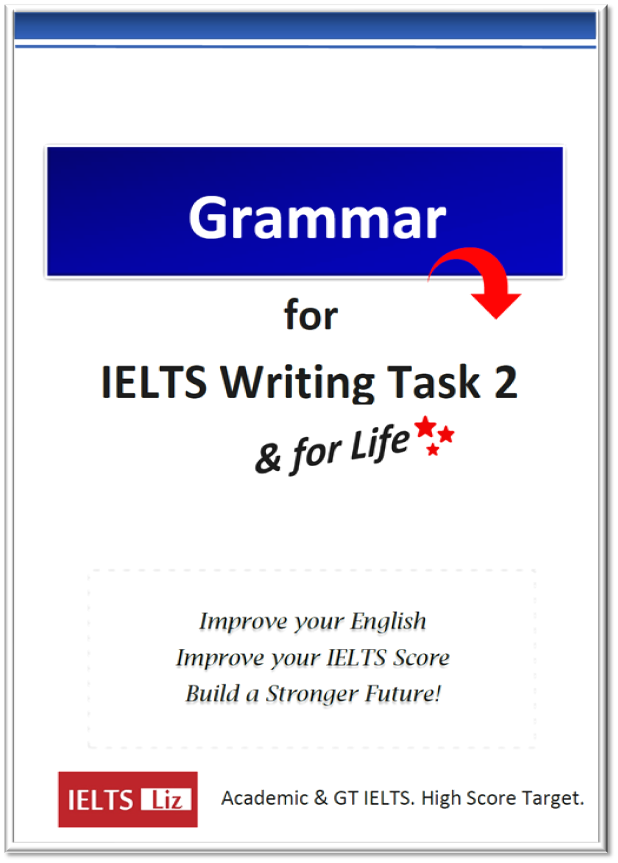Below is some feedback to an IELTS opinion essay introduction written by a student in response to the following essay question.
IELTS Essay Question
Due to the development and rapid expansion of supermarkets in some countries, many small, local business are unable to compete. Some people think that the closure of local business will bring about the death of local communities. To what extent do you agree?
Student Introduction Sample
Small business are unable to competition supermarkets, which are rapidly increasing and developing in a number of countries. It is believed that close small business will bring negative impact on local societies. In my opinion modern buildings and comfortable service are important for new societies. However, local business increased the number of job opportunity.
General Feedback
The student introduction does not give a clear answer to the statement and the main points introduced are not completely relevant. It is important to spend time:
- to understand the issues in the statement
- to find main points which answer the statement.
Below are detailed comments on both the background statement and thesis statement for the student’s introduction.
Background Statement Feedback
Small business are unable to competition supermarkets, which are rapidly increasing and developing in a number of countries. It is believed that close small business will bring negative impact on local societies.
The content of the background statement is fine. The student has paraphrased most of the statement given by IELTS. This means the student is attempting to use the correct technique for IELTS with an academic style. The student has also used a clause in the first sentence which is great to increase the band score for grammar.
Unfortunately, there are also some errors in grammar and vocabulary.
- to competition = to compete (check the form of the word – don’t use a noun if a verb is needed)
- to compete supermarkets = compete with supermarkets (check all verbs to see if there needs to be a preposition after them)
- it is believed that close small business will … = it is believed that the closure of small businesses will … (check the form of the word – it should be a noun not a verb / check the use of plural nouns)
- will bring negative impact = will have a negative impact (check the use of (a / the etc) articles / check which verb to use)
Here is a model background statement:
Many small, local business are closing, owing to a boom in large supermarkets, and, according to some, this will have dire consequences for local communities.
Thesis statement Feedback
In my opinion modern buildings and comfortable service are important for new societies. However, local business increased the number of job opportunity.
This thesis statement does not address the task or offer a clear answer to the issue. The thesis statement should provide a clear answer to the issue: Do you think the community will die because many small shops close down and people go to do their shopping in large supermarkets instead? Here are some comments on the thesis statement above:
- The student thesis statement above does not answer this question
- It gives information about modern buildings which is off topic
- The thesis contains information about comfortable services which is also off topic
- It gives information about local business offering jobs – this is also not relevant to the topic
To write the model thesis statement we must understand all aspects of this issue and think more deeply. Here are some questions to consider:
- Why do people shop in supermarkets rather than small businesses? AnswerThe reason is that it is more convenient to buy everything in one large shop, for example a supermarket, than have to visit different shops to buy the same things. Supermarkets reduce shopping time and people can find what they want more quickly.
- What is the result of people shopping in supermarkets rather than small shops? AnswerPeople no long need to go into the town center and walk around the shops to buy their goods. Instead, they can drive to a large supermarket, often located on the outskirts of town, to get what they want.
- How does this affect the community? AnswerLocal people no long need to go into the town center. This means that the town center no longer is a place to socialise and meet other people while shopping. As small shops close, town centers become empty and local people become more distant to each other.
- Is this the death of the community? AnswerIt certainly means that there are negative effects for communities but communities still survive through social events, through clubs, through schools and other institutions in society. Also there are a number of shops which will not be affected by supermarkets because they are not in direct competition for example, supermarkets do not offer top quality products so high end shops will not be affected by supermarkets.
Here is a model thesis statement:
In my opinion, I agree that communities will suffer as some small, local businesses close but it is doubtful that it will cause the death of local communities.
RECOMMENDED FOR YOU:
ALL FREE IELTS WRITING TASK 2 LESSONS, TIPS & MODEL ESSAYS
…………………………………….
FREE SUBSCRIBE: Get my New Lessons & Tips by Email
.





